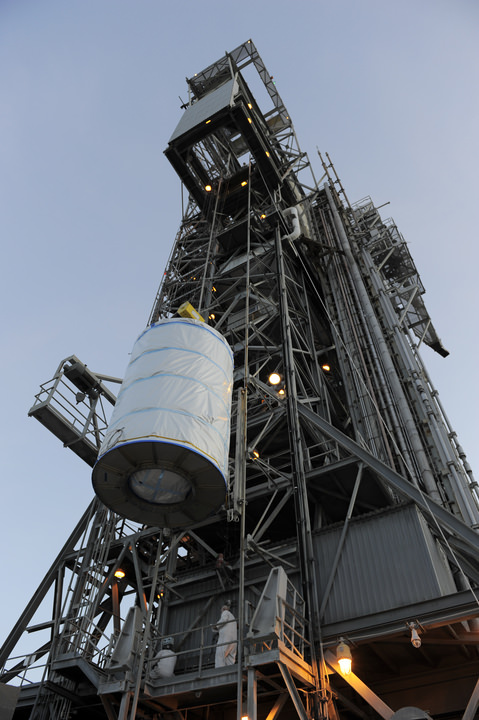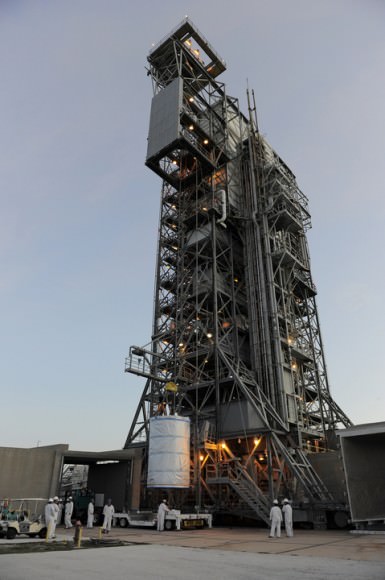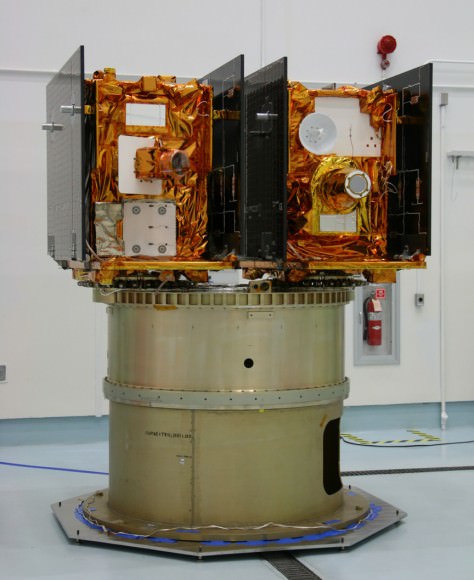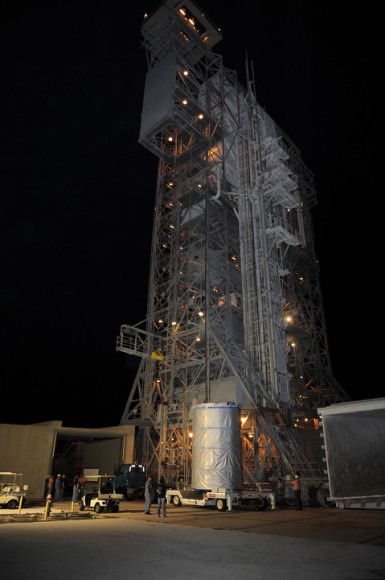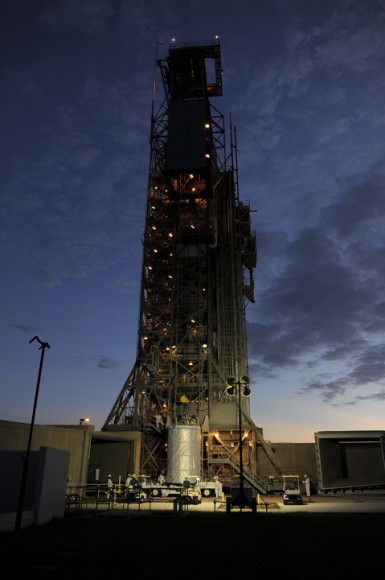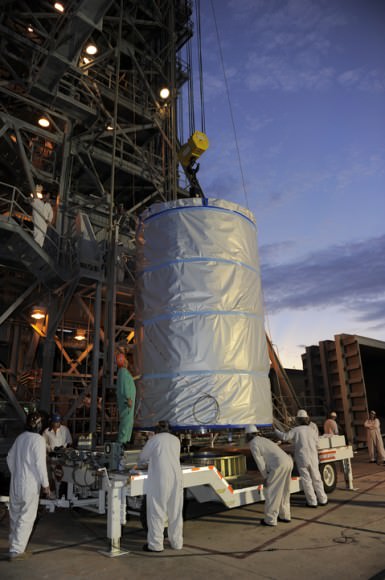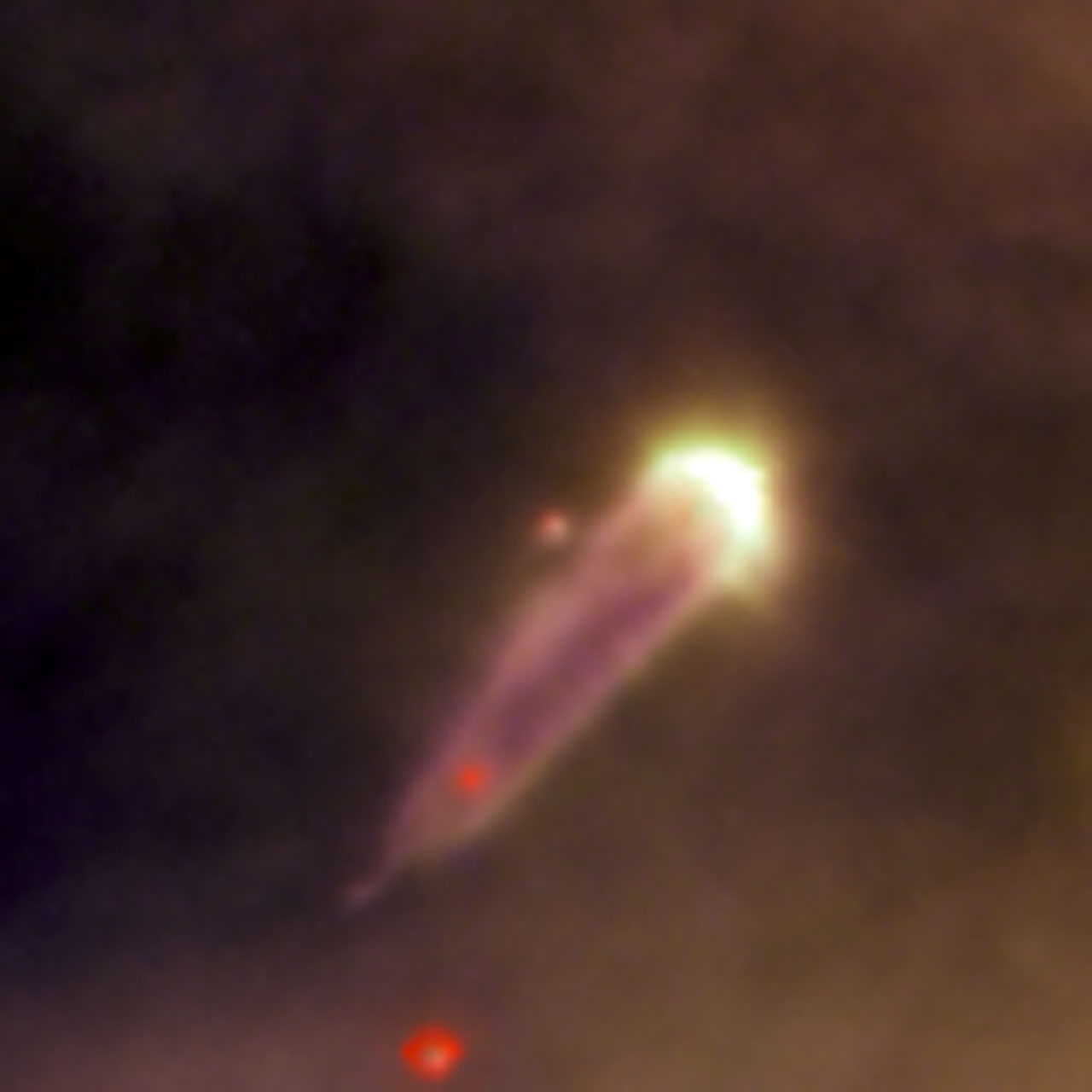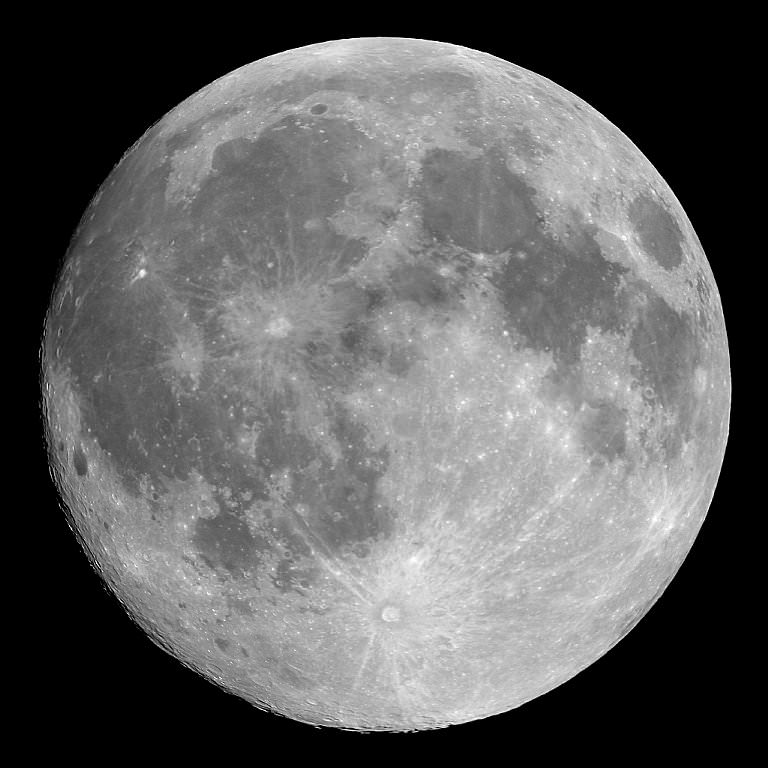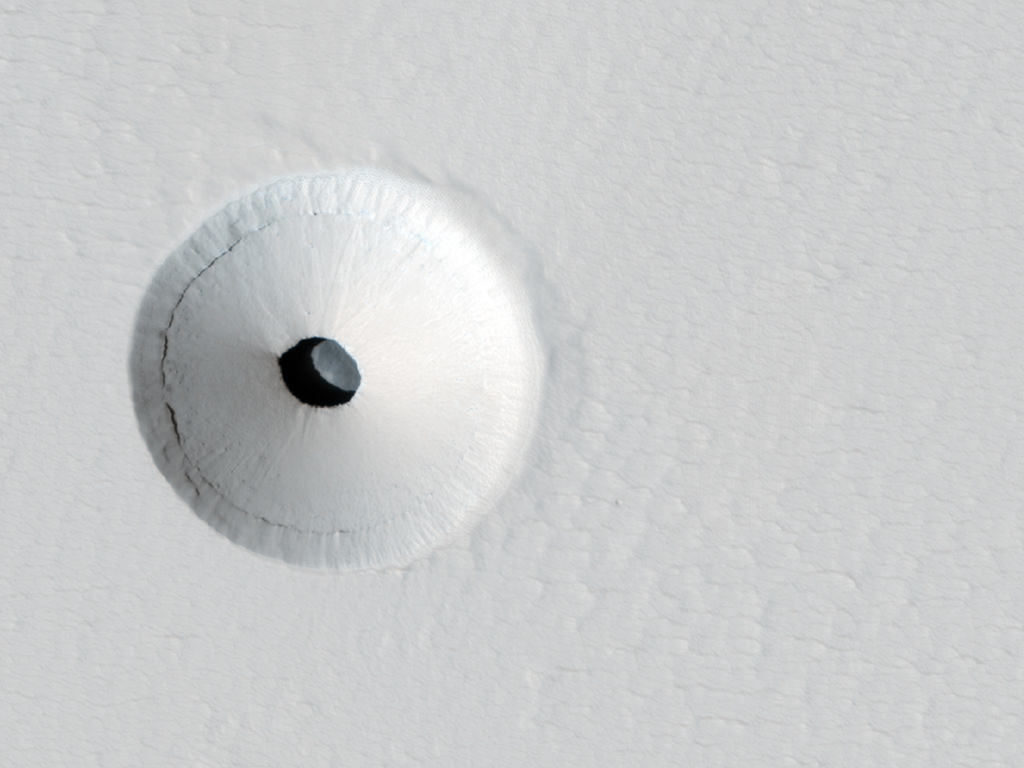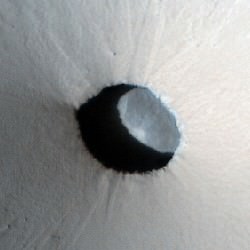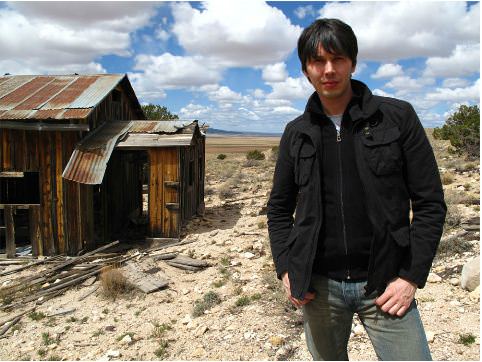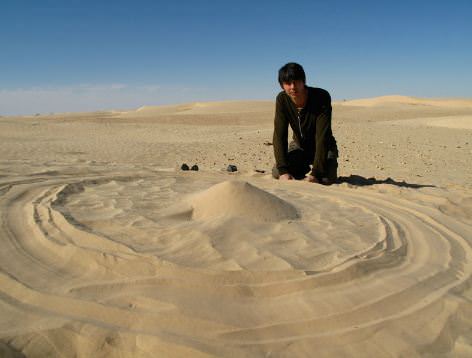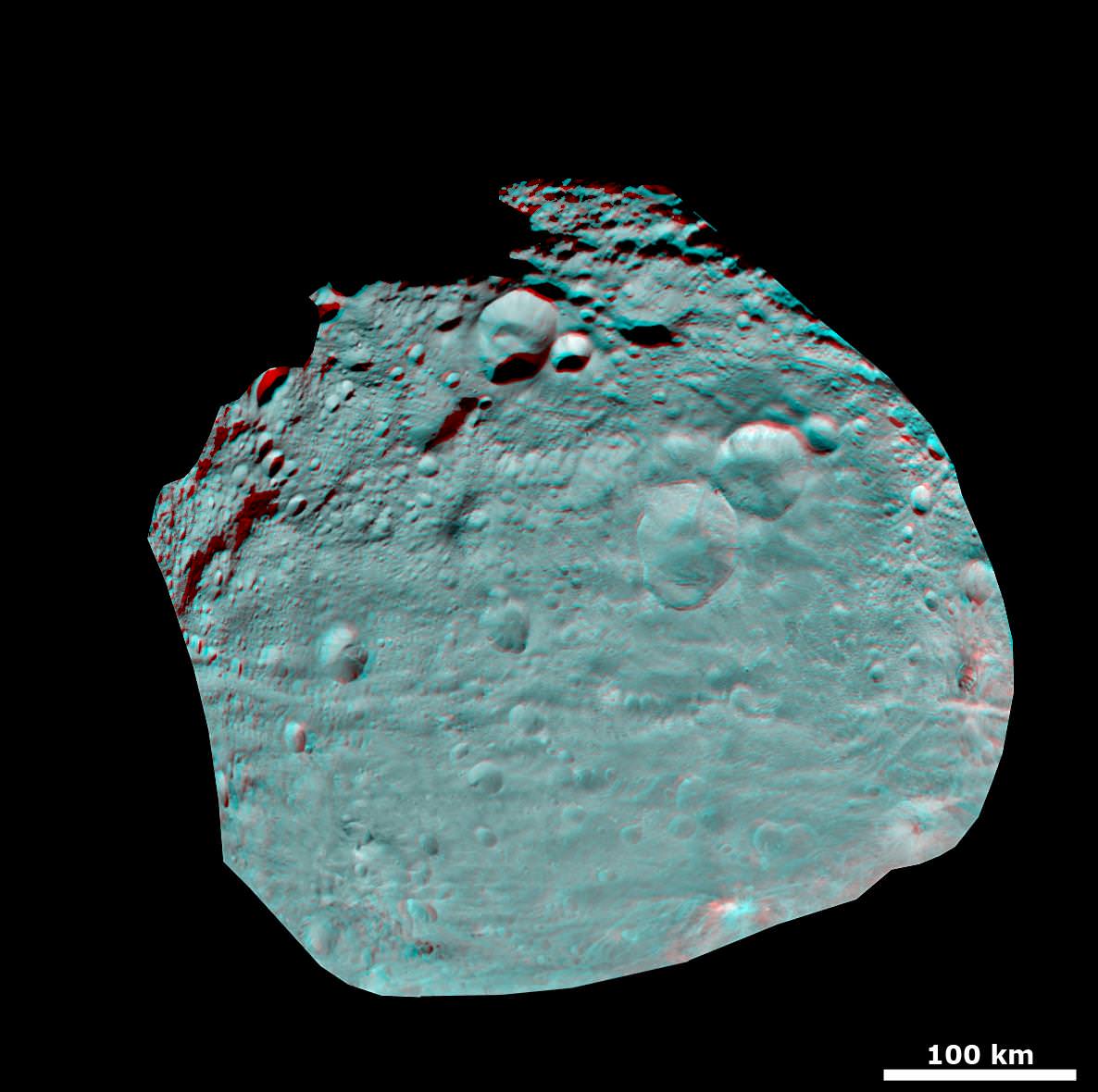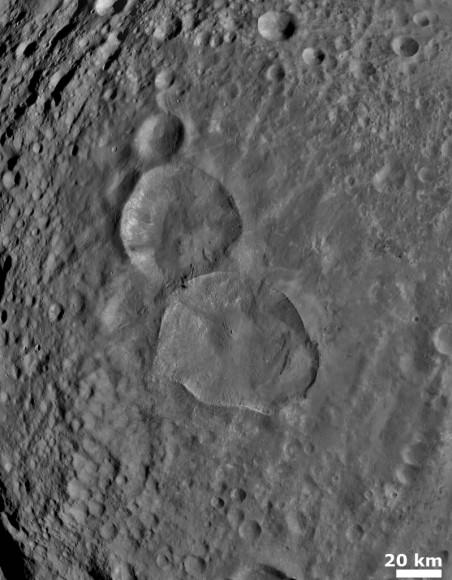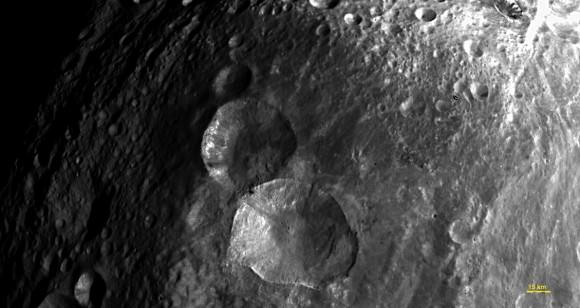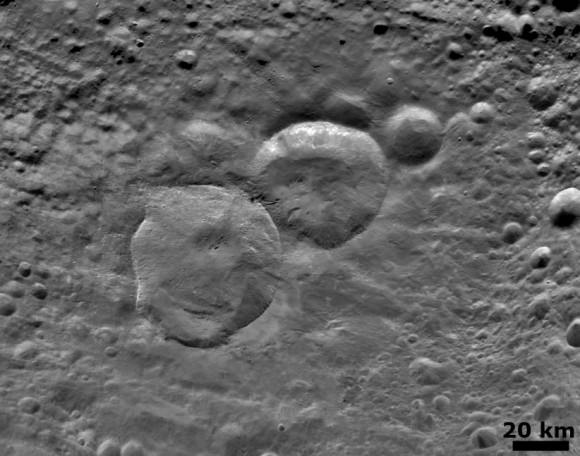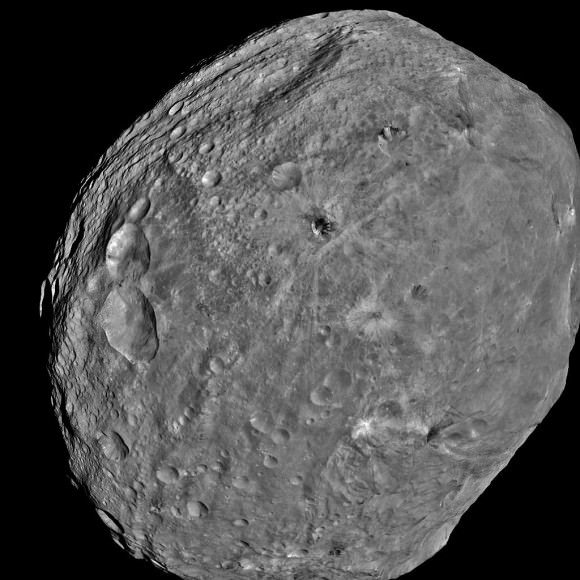[/caption]
There were some interesting, if not shocking headlines this week regarding a study supposedly put out by NASA, with the articles saying that aliens might come and destroy Earth because of our global warming problems. Headlines such as:
Aliens Could Attack Earth to End Global Warming, NASA Frets (Fox News)
Global Warming Could Provoke Alien Attack: NASA (International Business Times)
NASA: Aliens might destroy us because of our gases, (CNET)
and this one, which started the whole thing:
Aliens may destroy humanity to protect other civilizations, say scientists (The Guardian — The subheadline for this article originally said it was a NASA report, but has since been amended)
While the report is real, and one of the authors was a NASA intern, NASA in no way sponsored or endorsed the article, which was basically an enjoyable thought-experiment, and was titled: “Would Contact with Extraterrestrials Benefit or Harm Humanity? A Scenario Analysis.”
By comparing the title of the paper to the splashy headlines, as you can imagine, most of the news articles don’t accurately describe the paper’s content and conclusions — over-blowing just a tad the part about alien invasions — and the headlines portray NASA as being behind the paper and the research. But NASA didn’t really have a thing to do with the very speculative, if not fun paper.
After receiving some razzing from Keith Cowing at NASAWatch about how NASA just quietly allows the tabloids to determine the space agency’s public image, NASA used their social media presence to try and rectify the misconceptions. This morning @NASA twittered: Yes, @drudge & @guardiannews are mistaken about an “alien” report. It’s not NASA research. Ask the report’s author http://go.nasa.gov/nRI8Lf
Here’s the abstract from the paper: “While humanity has not yet observed any extraterrestrial intelligence (ETI), contact with ETI remains possible. Contact could occur through a broad range of scenarios that have varying consequences for humanity. However, many discussions of this question assume that contact will follow a particular scenario that derives from the hopes and fears of the author. In this paper, we analyze a broad range of contact scenarios in terms of whether contact with ETI would benefit or harm humanity. This type of broad analysis can help us prepare for actual contact with ETI even if the details of contact do not fully resemble any specific scenario.”
The paper was written by Seth Baum, Jacob Haqq-Misra, and Shawn Domagal-Goldman. Domagal-Goldman is a post-doc student working at NASA. Probably flustered, bewildered and a bit embarrassed, he wrote on NASA’s PaleBlue blog today to try and explain how this all got out of hand:
“So here’s the thing. This isn’t a “NASA report.” It’s not work funded by NASA, nor is it work supported by NASA in other ways. It was just a fun paper written by a few friends, one of whom happens to have a NASA affiliation.
A while ago, a couple good friends of mine (Seth Baum and Jacob Haqq-Misra) approached me about a paper they were writing, and asked if I wanted to join them on it. The paper was a review of all the different proposed situations for contact with an alien civilization. I didn’t think this was particularly important. After all, I consider the likelihood of contact with an alien civilization to be low. It certainly wasn’t urgent, as I don’t expect this to happen anytime soon. But… it sounded like fun and I decided to join in on it. So we wrote the paper, but I have to admit that Seth and Jacob put in the vast majority of the work on it. One of the scenarios we considered in the review was the possibility that an alien civilization would contact us because they were concerned about the exponential growth of our civilization, as evidenced by climate change. This isn’t an entirely new idea; remember, this was a review effort. Indeed, Keanu Reaves recently played a similar alien in the movie “The Day the Earth Stood Still.” There were lots of other ideas we reviewed, but this was probably the most provocative.
Well, the paper came out a couple months ago. Today, for some reason, The Guardian picked it up, publishing an article about it with the following title: “Aliens may destroy humanity to protect other civilizations, say scientist: Rising greenhouse emissions may tip off aliens that we are a rapidly expanding threat, warns a report for NASA.” That then was picked up by The Drudge Report, with this headline:
“NASA REPORT: Aliens may destroy humanity to protect other civilizations…”
UH OH. Now that is a bit problematic.
So here’s the deal, folks. Yes, I work at NASA. It’s also true that I work at NASA Headquarters. But I am not a civil servant… just a lowly postdoc. More importantly, this paper has nothing to do with my work there. I wasn’t funded for it, nor did I spend any of my time at work or any resources provided to me by NASA to participate in this effort. There are at least a hundred more important and urgent things to be done on any given work day than speculate on the different scenarios for contact with alien civilizations… However, in my free time (what precious little I have), I didn’t mind working on stuff like this every once in a while. Why? Well, because I’m a geek and stuff like this is fun to think about. Unfortunately, there is not enough time for fun. Indeed, I felt guilty at times because this has led to a lack of effort on my part in my interactions with Seth and Jacob. Beyond adding some comments here or there, I did very little for the paper.
But I do admit to making a horrible mistake. It was an honest one, and a naive one… but it was a mistake nonetheless. I should not have listed my affiliation as “NASA Headquarters.” I did so because that is my current academic affiliation. But when I did so I did not realize the full implications that has. I’m deeply sorry for that, but it was a mistake born out of carelessness and inexperience and nothing more. I will do what I can to rectify this, including distributing this post to the Guardian, Drudge, and NASA Watch. Please help me spread this post to the other places you may see the article inaccurately attributed to NASA.
One last thing: I stand by the analysis in the paper. Is such a scenario likely? I don’t think so. But it’s one of a myriad of possible (albeit unlikely) scenarios, and the point of the paper was to review them. But remember – and this is key – it’s me standing for the paper… not the full weight of the National Aeronautics and Space Administration. For anything I have done to mis-convey that to those covering this story, to the public, or to the fine employees of NASA, I apologize.”


